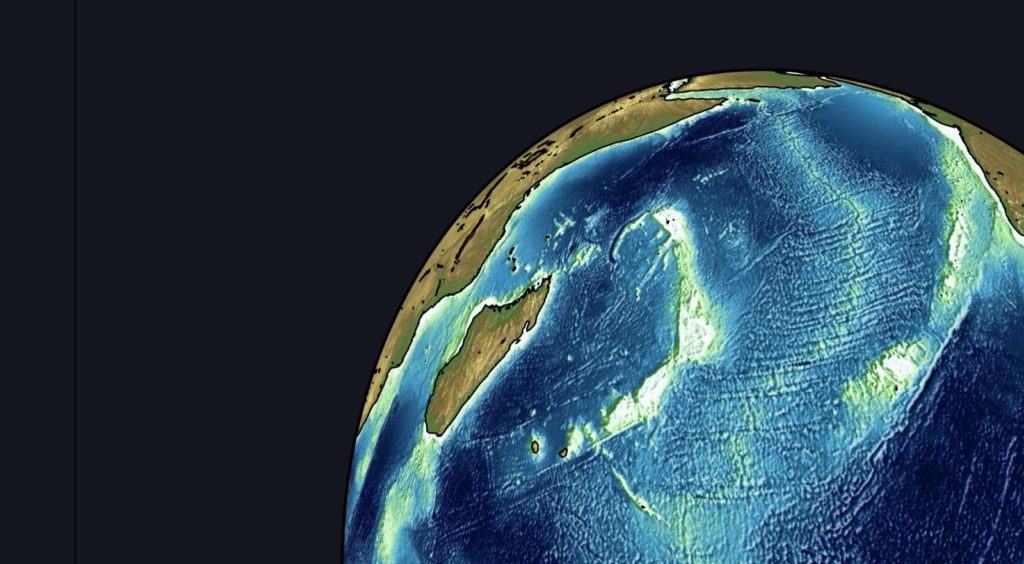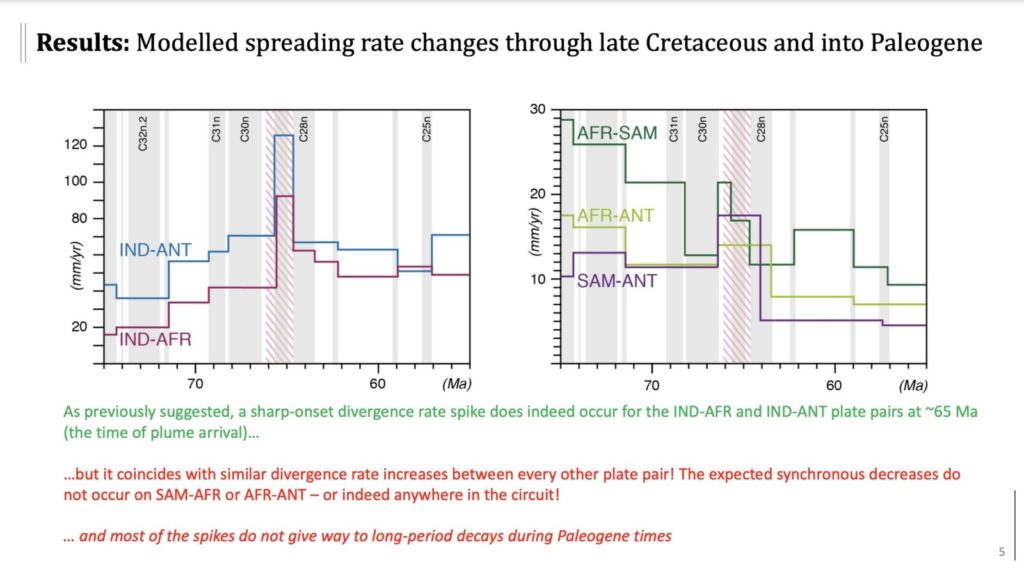
Concepts accepted in geology always have room for revision. In this case, time itself is revised! This one melted my brain a little.
Deep time, deep circulation, deep thinking
Plate tectonics, amongst the most evocative subjects in geology. The entire skin of the earth shifting and reorganising continuously, the most profound of motion. So deep and ancient, that humans struggle to understand it. Enigmatic processes, hidden beneath the vernal veneer, the oceanic overcoat of the crust, forgotten techniques that Earth does not use today. Deep thinking and deep dives in data, led by Dr Lucía Pérez Díaz, are discussion drivers in drivers of plate tectonics.
The problem lies deep underneath the tropical, volcanic islands of Réunion. The blissful beaches and sun-kissed forests that lie under the Piton de la Fournaise promote a calm exterior hiding a ferocious, fernal interior. Mantle plumes, deep upwellings that rupture the surface and spill molten mantle magma, that cause the earth surface furnaces, have also been blamed for an unexplained artefact in plate tectonics. Plume push, forcing plates away from one another.
Earth is not a static place. We struggle to grasp that constants are changing, the humble compass that draws us north will one day reverse and pull us south. This geomagnetic reversal has occurred repetitively through the geological past, recorded in oceanic crust. The magnetic flips are timed. Distance, speed and time, the distance of crust between a flip and a reverse, the time between the flip and reverse. A spike in speed is seen around the waning reign of the dinosaurs, as the Réunion plate ploughs, possibly plume pushed, towards the proto-Himalaya.
Except the spike in speed is not unique. All new crust formed during this time, globally, around 66 million years ago, at the end of the Cretaceous, shows a spreading speed spike. Something is amiss, how can the whole world speed up and nothing slow down?
Distance, speed and time, that simple, formative equation many of us learned early on. Distance is near infallible, measured time and time again, geodesic errors minimal. So the time must be wrong, an anomaly of chronology. Divide distance by time, if it’s too fast the time is too short. A matter of a million years or two, nothing massive, minor miscalibration, plume push does little to the plates.
The whole of geological time is another non-static entity. The beauty of geoscience is the fluidity of knowledge. We seek to constantly improve ourselves, test and retest what we think of as facts. This miscalibration may yet be proven or unproven, just as plume push waited decades to be disproven.
Dr Lucía Pérez Díaz is a Visiting Fellow at the University of Oxford, specialising in geodynamics, structural geology and tectonics, on twitter as @drperezdiaz. The paper that this piece is based on is here, and further reading can be found here and here.







